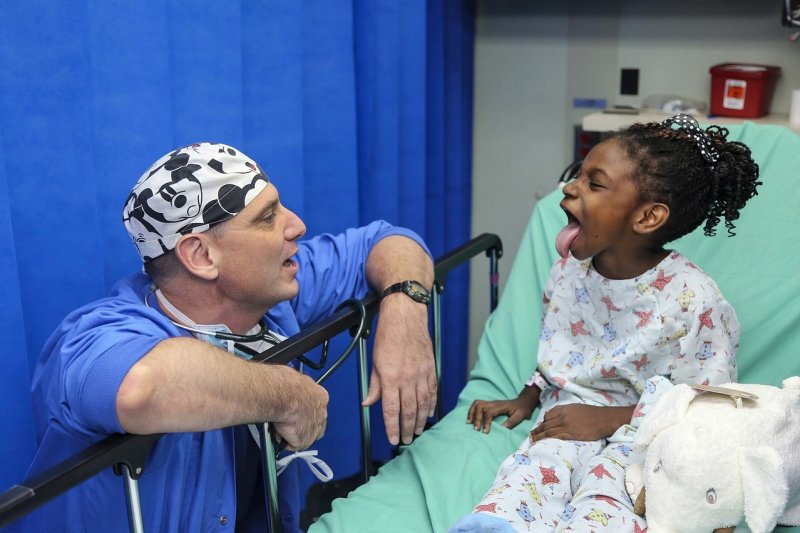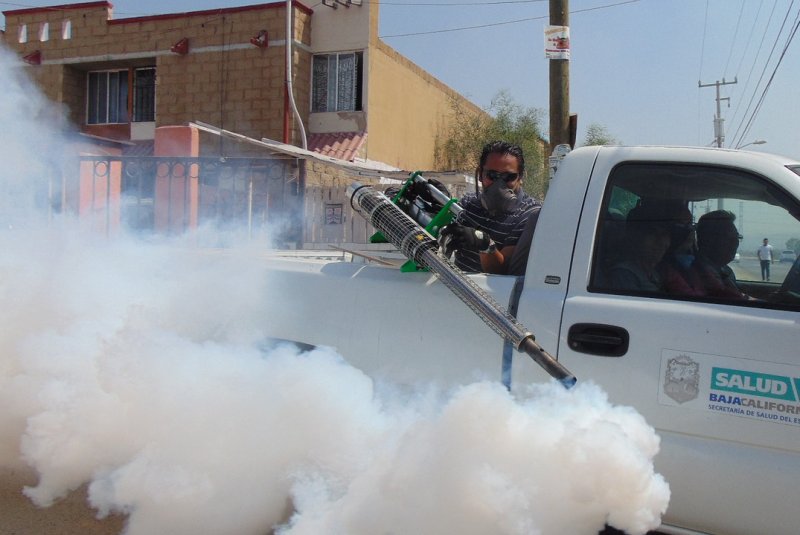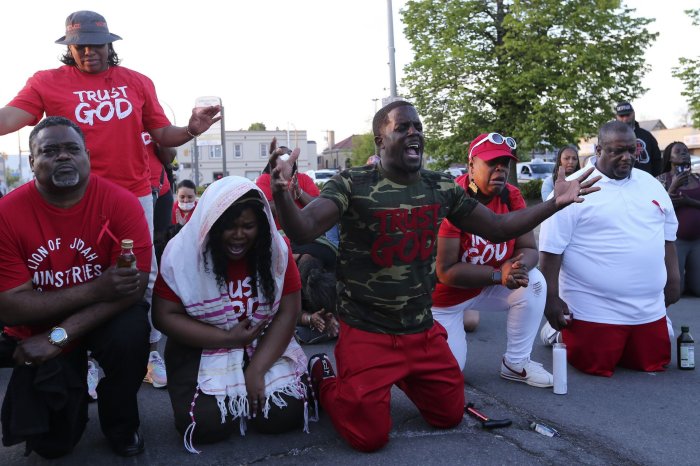
Part of New Zealand's plan to combat climate change includes the clean car upgrade program, which allows families to swap their old vehicles for electric or hybrid upgrades, including assistance to pay for the new vehicles.
Photo by Sarah Silbiger/UPI | License Photo
May 16 (UPI) -- In a major step forward for New Zealand's commitment to climate change action, the country's government announced Monday its 15-year plan to end fossil-fuel reliance, reduce landfill-bound waste and assist some drivers with buying electric vehicles.
The comprehensive plan to tackle climate emissions includes a cap on how much greenhouse gas New Zealand can emit, allowing the nation to meet its goals of helping limit the global average temperature rise to 1.5 degrees Celsius above pre-industrial levels.
About $4.5 billion from the country's emissions trading scheme went toward establishing the climate fund.
In a statement, New Zealand Prime Minister Jacinda Ardern called the announcement a "landmark day" in her country's transition to lower emissions, the New Zealand Herald reported.
May 16 (UPI) -- In a major step forward for New Zealand's commitment to climate change action, the country's government announced Monday its 15-year plan to end fossil-fuel reliance, reduce landfill-bound waste and assist some drivers with buying electric vehicles.
The comprehensive plan to tackle climate emissions includes a cap on how much greenhouse gas New Zealand can emit, allowing the nation to meet its goals of helping limit the global average temperature rise to 1.5 degrees Celsius above pre-industrial levels.
About $4.5 billion from the country's emissions trading scheme went toward establishing the climate fund.
In a statement, New Zealand Prime Minister Jacinda Ardern called the announcement a "landmark day" in her country's transition to lower emissions, the New Zealand Herald reported.
"The emissions reduction plan delivers the greatest opportunity we've had in decades to address climate change," Ardern said. "We can't opt out of the effects of climate change, so we can't opt out of taking action."
Climate change minister James Shaw said the action plan would put New Zealand on a path toward a net-zero future where the transport infrastructure would improve, more people could purchase electric vehicles and farmers could grow crops using more sustainable practices, according to the Guardian.
The clean car upgrade program included in the plan seeks to transform 30% of the light vehicles on New Zealand roads -- including cars and vans -- into zero-emissions vehicles.
The program, targeted at lower- and middle-income families, will offer a "scrap and replace" trial of trading in their vehicles while receiving cheaper-to-operate electric or hybrid vehicles in return.
Transport minister Michael Wood anticipates the program, toward which $1.2 billion has already been allocated, will lower emissions to an equivalent of taking 181,000 cars off the road through 2035.













